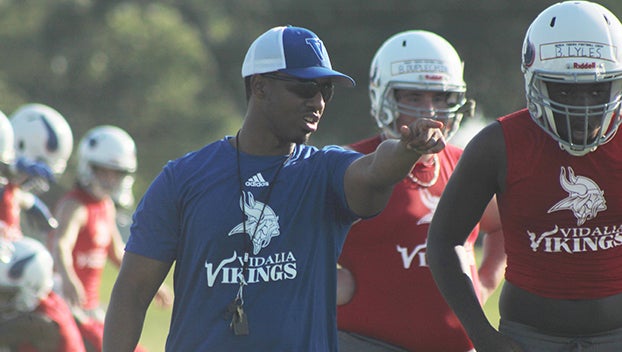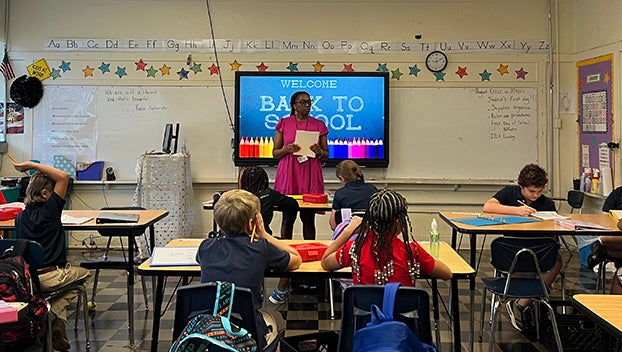Students weigh in on sex education curriculum choices
Published 12:11 am Sunday, June 10, 2012
Brooks said no student she knew would decide not to have sex because a teacher said it was the only sure way prevent pregnancy and STDs.
“(The policy) better be safe than sorry and provide information about prevention,” Jackson said.
Jackson said she understood the argument that it is the parents’ responsibility to teach their children about sex, but she didn’t think enough of her classmates were having those discussions at home.
“With the rapid rate (of teen pregnancies), obviously the parents don’t have it under control,” Jackson said.
Cleveland said he would guess that only a small percentage of parents spoke with their children about the dangers of having unprotected sex.
Brooks agreed.
“Some probably don’t sit down and talk about it with their child until the child comes (home) with news that, like, they’re pregnant,” Brooks said.
Jackson said sometimes the students who get pregnant were born of teenage mothers themselves, so it becomes a cycle.
Cleveland said he didn’t think his classmates took sex or the consequences of sex seriously. He said a lot of people his age find out about STDs by watching TV commercials or on the Internet.
Even with pregnant classmates among them in the halls, the subject remains fodder for gossip, all three agreed.
Jackson said she thinks some students who do get pregnant give the impression that it is not as difficult as others think.
“So (other students) think it’s OK,” Jackson said.
Cleveland said he doesn’t think some of his classmates realize how big of a burden having a child is.
“(Some of my peers) don’t think about the strain it puts on the family,” Cleveland said. “It’s a bundle-of-joy burden, but it’s still a burden.”
Cleveland and Jackson said students are more likely to talk behind the backs to those who are pregnant rather than ask questions, though some do ask.
“A few (students) are bold and will ask,” Cleveland said.
Jackson and Cleveland agreed the best way to impact the choices of middle and high school students about sex is to get their attention with something like big photos of the symptoms of STDs.
“(The lesson) needs to be what will capture our attention more,” Cleveland said.
Cleveland said he didn’t think the majority of students used protection when having sex, though he couldn’t be sure.





